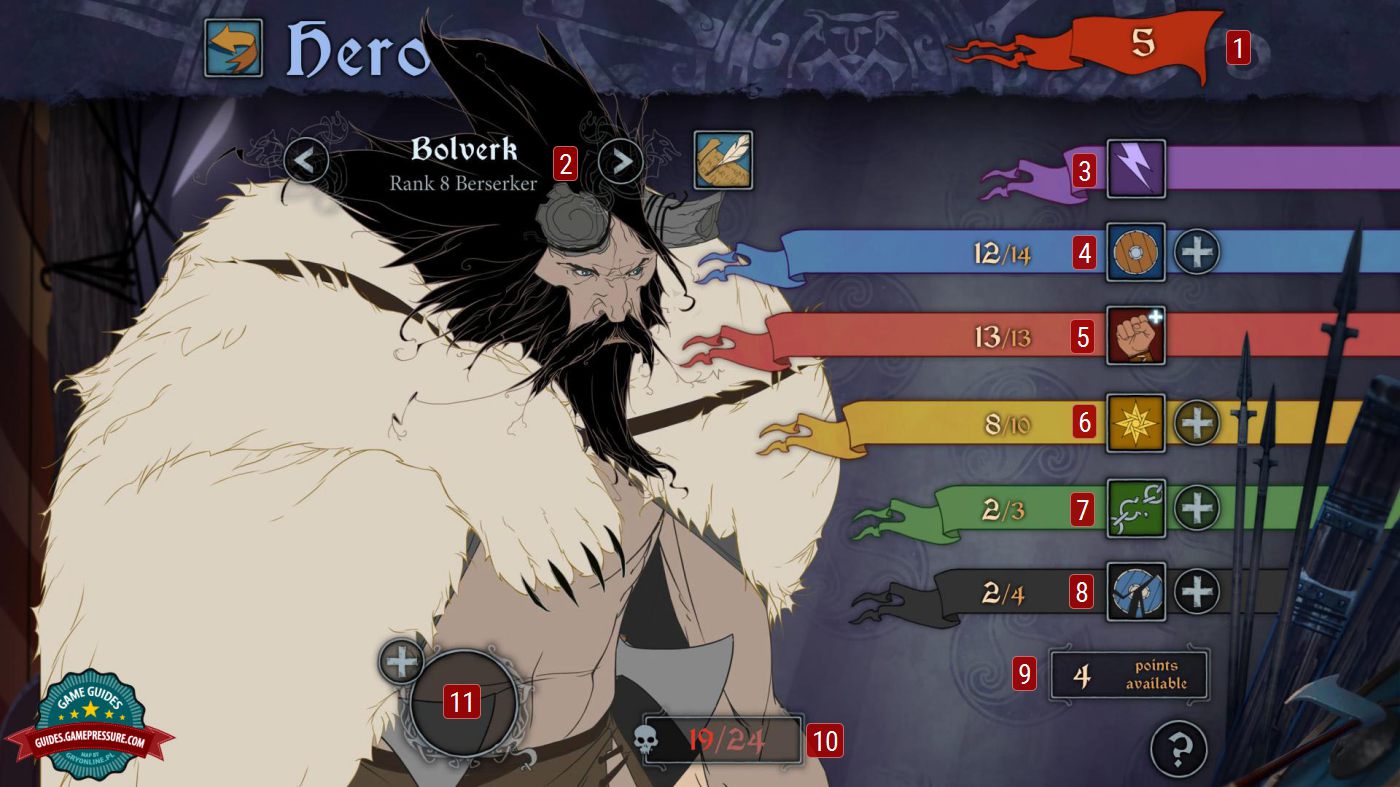

You may be wondering why it took so long to get here. Some sound pretty good, while others just leave you thinking about what it was you actually heard.įinally, the actual gameplay of the game. Again, it sounded like it was something out of a game 10 years ago. Sometimes the striking of an axe will sound scratchy and odd, as well as a host of other effects. It is hard to explain, other than it is a sound that I would have expected to hear a few gaming generations ago.ĭuring combat, there are instances where the sound effects are not that great either. In one particular moment, you hear the sounds of a mountain splitting and crashing before your eyes. Where the sound of The Banner Saga declines is in its effects both in and outside of combat. It is utilized well, with slow somber music at tragic moments, and frantic speed in times of combat creating a sense of urgency. At moments, it is reminiscent of Howard Shore’s work on The Lord of the Rings. It is wonderfully composed by Austin Wintory who worked on Journey.

It speaks for itself really.Īccompanying your travels and battles is a wonderful score that plays a key role in immersing you in the setting. There is not a lot more to say about the artwork. More importantly, the combat animations were executed quite expertly, each of which looking as you would expect them to judging by what weapon was being used and who wielded it. One of the things I first noticed, which is quite trivial, was the movement of the character’s eyes when having a conversation with them. That is especially poignant considering much of the game is spent trying to desperately get somewhere else.Ī final note on the artwork is the character’s animations, which have this great hand-drawn effect that is different from the technical animations you see in most games.

There is no real sense of accomplishment in movement, but The Banner Saga does give you that feeling. That is an odd thing to discuss, but if you think about many other games, you can travel to another city or part of the world as if it were nothing. The way it is drawn and how the caravan moves through it, coupled with the detailed map, make it feel like you have actually travelled somewhere. A good part of the game is watching your caravan travel through these landscapes at a steady pace. The massive landscapes with the mountains in the background, or some forested areas in the foreground give a significant sense of scale. One of the unexpected things the artwork achieved was make the game have a real sense of travel. Even the smallest villages you may visit for just a few minutes have a unique design and building placement for you to ogle at. No artwork is reused (except for the Camp), and has its own unique feel to it. The Banner Saga is filled with beautiful landscapes, backdrops, and characters. You may have already noticed some of the gorgeous, hand-drawn artwork that will pepper this article. You won’t make changes to the overarching story, but many of your decisions will change which characters you experience that story with. Just know there is a lot to the game for you to discover, and many opportunities to directly influence the group of people your character leads in his caravan. Sometimes you feel bad that because of Rook’s position as leader, he may actually be hurting his relationship with his daughter, or in some cases, forcing her to do something she doesn’t want to.

While playing him, you have to make some difficult decisions, which you then watch Rook’s daughter react to. There are no game-changing decisions, but nearly all of them, even in instances where you are approached by simple peasants on the road, end in some kind of consequence.įor example, in one of the points of view, you play as Rook, the leader of a caravan trying to get to safety. While going through the various dialogue choices, sometimes you come across the opportunity for real, significant choices that can range from relatively small effects, like losing some supplies, to drastic effects like losing a main character, either through death or making them leave. The quality of writing is excellent and consistent with each character, providing some truly great moments, as well as many humorous ones. Instead, some interesting characters and great dialogue carry you along as you learn more about each character’s ideals, personalities, etc. In that sense, the overarching story doesn’t carry the game for the first half. The first half is full of frantic movements for a hope of eventual safety, while the final half is a realization that maybe nowhere is safe. It is not until much further into the game that you realize there is something much larger going on. The first half of the game seems almost entirely motivated by escaping that destruction. Things go awry when the Dredge seem to have returned after being dealt with in the last great war long ago, bringing destruction back with them.


 0 kommentar(er)
0 kommentar(er)
